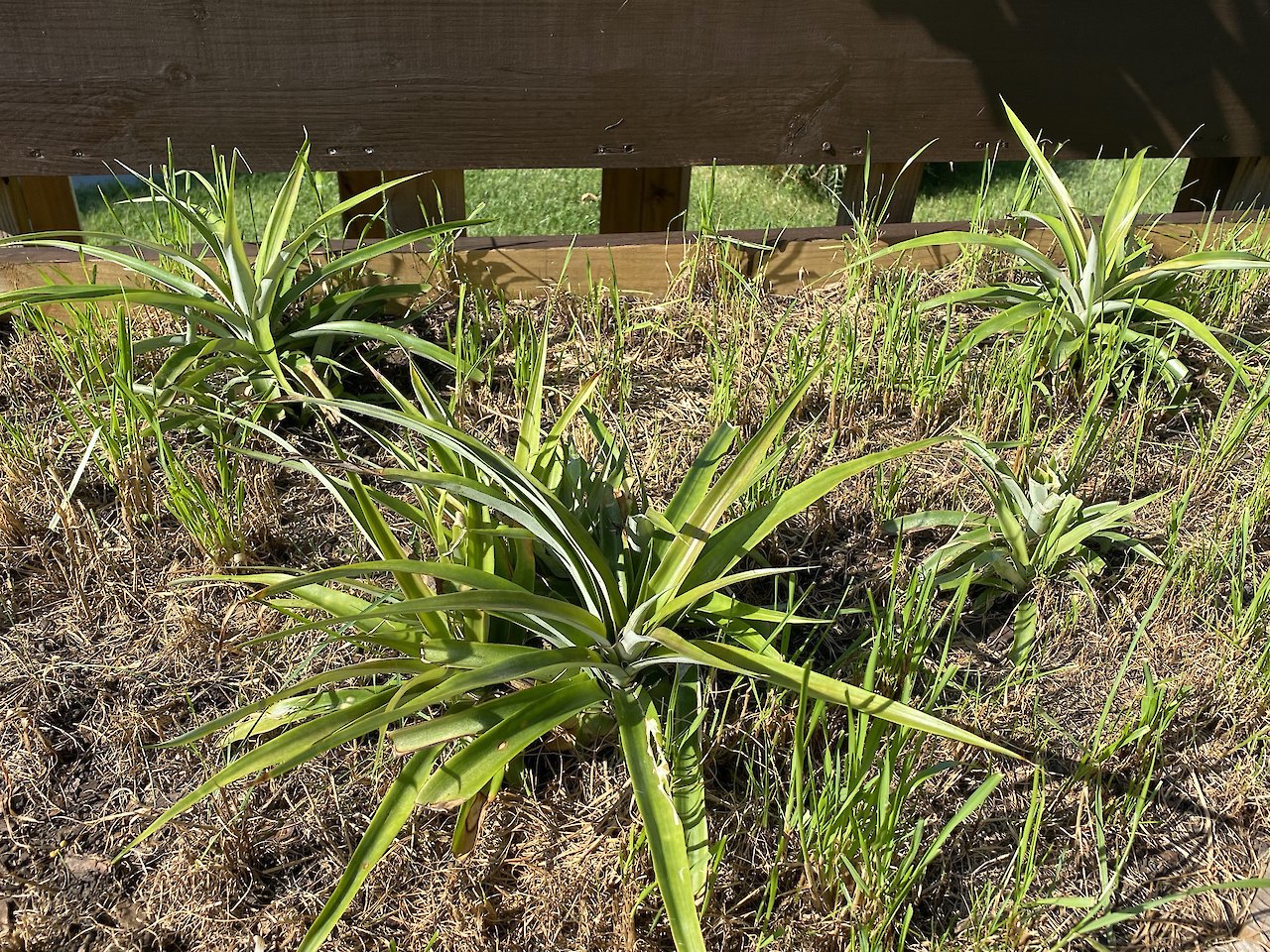Land of Verzin (Brazil)
Stop 3B
Ecological capital
Legend
The height of the beds is connected with the natural resources produced and used by each of the countries today. The elevation of the beds represents the natural resources value, being the tallest the one with more Ecological Capital. This graphic contrast the percentage of global natural resources the country uses vs the percentage of global natural resources they have.
Demographics
- Native and others (52%)
- Western descent (48%)
Legend
The color of the beds is connected with the ethnographic diversity of the places they represent today. The colors ranging from natural wood to black reveal the demographic reality divided in this graphic between people from Western descent vs Native & others.
Pineapple
Ananas comosus
Pineapples originate from the Paraná–Paraguay River drainages between southern Brazil and Paraguay.
The domestication of the pineapple goes back more than 6,000 years, and reached the Caribbean, Central America, and Mexico 2,500 years ago, where it was cultivated by the Mayas and the Aztecs. By the late 1400s, cropped pineapple was widely distributed and a stable component of the diet of Native Americans. The first European to encounter the pineapple was Columbus, in Guadeloupe, on November 4, 1493. The Red Spanish cultivar was also introduced by the Spanish from Latin America to the Philippines, and it was grown for textile use from at least the 17th century.
Three months after departing Tenerife, Magellan reached continental America, arriving to what Pigafetta called Verzin, after the Italian term for brazilwood, a desired timber at the time that it is still used today to make string instruments. Even if it was Columbus who brought the pineapple back to Spain and called it piña de Indias, meaning “pine of the Indians,” the pineapple was documented and illustrated in Pigafetta’s Relazione del primo viaggio intorno al mondo (1524-1525).
The impact of the first trip around the world in economic globalization shows its first consequences with pineapple. Today the production of pineapples is more than 28 million tons, with the Philippines as the second largest producer. Pineapple cultivation today presents serious ecological concerns due to the use of toxic pesticides that run off to drinking water supplies in Costa Rica, Brazil or the Philippines. Even if Western nations like Europe and the USA are the biggest consumers of the fruit, its cultivation occurs in the so-called “banana republics” where immigrant labor and other workers are poorly paid. On top of that, pineapples are used as a cover vehicle for narcotrafficking between Costa Rica and Europe.

